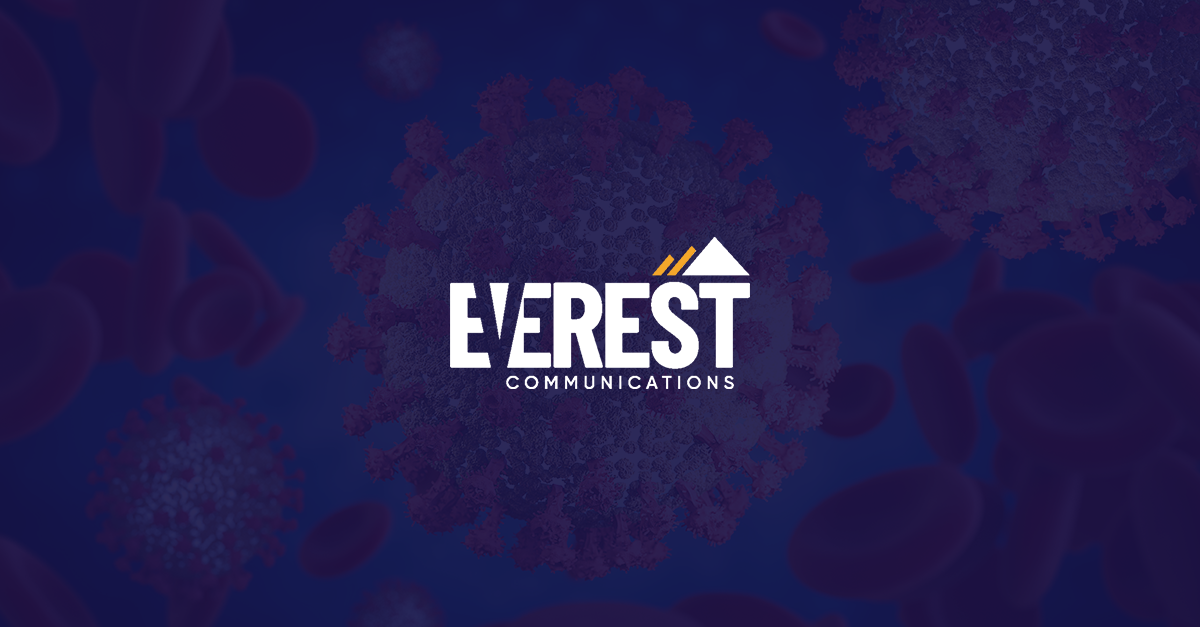COVID-19 Social Conversation: Influence of Journalists

Question
The COVID-19 pandemic has certainly spawned a lot of questions – and multiple clients have come to us to answer them – with data.
One frequent question has been if traditional media coverage of COVID-19 has been driving the social conversation, or is it the other way around?
On the way to answering that question, we uncovered some valuable insights.
Approach
We created comprehensive searches with the most common phrases, hashtags, and key terms used when Twitter users engage in conversation about COVID-19.
From there, we created two data pools: journalists and non-journalists. For this purpose, we were interested in original content (rather than retweets) and important metrics such as:
- Who is tweeting
- Their content type
- Frequency of tweets
- How many people are reached
In the two pools of data we had:
- 221,116 accounts of journalists and media outlets
- 16,174,741 accounts of other individuals who engaged in conversation about the pandemic
Findings
Journalists are more active, reach more people, and share more original content than non-journalists. The media is driving the conversation but through text-based tweets – not with links to articles.
Activity
The journalist group averaged 10.2 tweets per user about the pandemic during the 90-day window we monitored while non-journalists averaged 3.4.
Reach
Journalists reach more people than non-journalists. On average, the number of individuals reached per tweet was 5.5 times higher for our pool of journalists than for other individuals.
Originality
Journalists share more original content. Our COVID-19 journalist pool shared original content 2.25 times more frequently than the other users who primarily engaged in the conversation by retweeting content – frequently by the journalists. In fact, 85% of all conversation that took place from non-journalists consisted of retweets.
Quick Tweets vs. Articles
Of the top 20 tweets with the most engagement shared by journalists, only three included links to articles. And it’s quite telling when considering the subject matter of the articles:
- Daily Mail: “Planet of the apes! Hundreds of hungry monkeys swarm across Thai street as ‘rival gangs’ fight over food after tourists who normally feed them stay away because of coronavirus”
- Reuters: “Germany tries to halt U.S. interest in firm working on coronavirus vaccine”
- ProPublica: “Senator Dumped Up to $1.7 Million of Stock After Reassuring Public About Coronavirus Preparedness”
Implications
Journalists are in rapid response mode. They are driving conversation but not with links to news articles. And the articles that garner the most engagement are salacious in nature.
Because journalists engage in original conversation more frequently, they have built-in trust and authority amongst their followers, and they have larger followings – on average 16.4 times larger than other users. This creates an echo chamber of rapid response hot takes and news snapshots from individuals of authority. Something that we believe only stokes fear and panic during this difficult time.
If your organization has a story to tell on COVID-19, it’s essential to maintain 1-1 media relationships to dispel rumors and misinformation, as well as having strong internal/employee communications to maintain a unified front. Doing these things is the key to communicating through this crisis.

